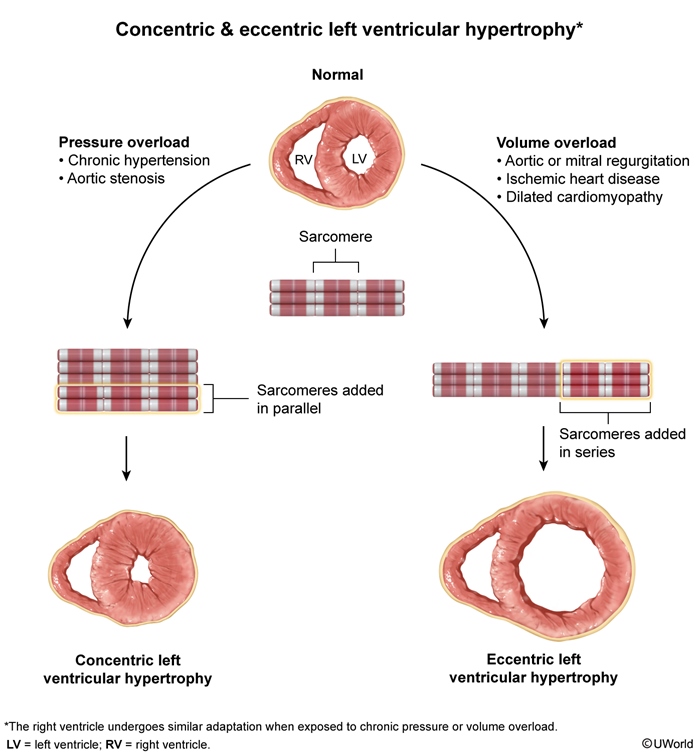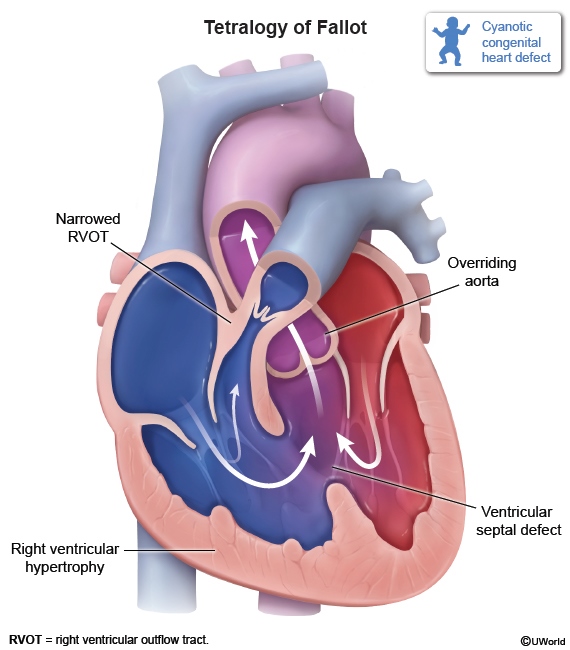Valve Disorders: Pulmonic Regurgitation
Article Sections
Introduction
Pulmonic regurgitation occurs due to impaired closure of the pulmonic valve, which leads to leakage of blood from the pulmonary artery back into the right ventricle during diastole. Trace or mild pulmonic regurgitation is common. Severe pulmonic regurgitation (most commonly the result of surgical procedures) causes substantial hemodynamic disruption leading to right-sided heart failure.
Pathophysiology
In pulmonic regurgitation, a portion of right ventricular output leaks back into the right ventricle during diastole. The hemodynamic consequences largely depend on the acuity of the valve regurgitation.
- In acute pulmonic regurgitation, the right ventricle does not have time to adapt to the abrupt valvular regurgitation and the resulting volume overload. Decompensated right-sided heart failure (and potentially cardiogenic shock) rapidly develops.
- In chronic pulmonic regurgitation, the right ventricle has time to adapt to the gradual volume overload. Compensatory eccentric hypertrophy (
Continue Learning with UWorld
Get the full Valve Disorders: Pulmonic Regurgitation article plus rich visuals, real-world cases, and in-depth insights from medical experts, all available through the UWorld Medical Library.
Figures

